Innovation in wearable computing has taken a significant step forward as Magic Leap, in collaboration with other tech partners, revealed a prototype of smart glasses built around the Android XR platform. Though still in experimental form, the device offers a glimpse of what the next generation of augmented‑reality eyewear may look like — merging advanced optics, micro‑display technology and a refined, wearable form factor.
A Prototype with Purpose
The newly shown glasses adopt a familiar sunglasses‑style silhouette, but thickened to accommodate the necessary hardware. They feature optical waveguides and micro‑LED display engine technology, enabling virtual content to overlay directly onto the wearer’s view of the real world. At the same time, the design emphasises lighter weight and improved comfort compared to earlier heavy AR headsets.
Magic Leap describes the unit as a “reference design” for Android XR smart‑glasses, aimed at establishing the architectural blueprint rather than being a consumer‑ready product. The announcement marks the company’s transition from its earlier, enterprise‑focused headsets toward a more consumer‑friendly form factor and broad‑use AR eyewear.
What’s Inside the Glasses
While full specifications remain under wraps, key features emerge:
- Optics developed by Magic Leap, leveraging their experience in waveguide and display systems.
- A micro‑LED engine that provides high‑brightness, high‑contrast images visible even in ambient daylight.
- A frame style that targets all‑day wearability, moving away from bulky headset designs.
- Embedded cameras and sensors (visible in the prototype) that support environment mapping, gesture/tracking input and world‑aware AR.
These elements point to a future where AR glasses might handle tasks like navigation overlays, live translation, hands‑free notifications and spatial computing in everyday settings.
Why It Matters
The unveiling holds importance for several reasons:
- Platform consolidation: Android XR is positioned as the foundation for a range of XR devices (headsets, glasses) with wide app support and developer tools. The smart‑glasses prototype signals that Android XR is moving beyond headsets into lighter wearables.
- Wearable form factor: Previous AR products often felt bulky and tethered. A glasses‑based model, if refined for weight, comfort and battery life, bridges the gap between smartphone/eyewear and full immersive VR.
- Ecosystem implications: By releasing a reference design, Magic Leap is inviting hardware partners, developers and accessory makers to build a broader ecosystem — much as smartphones evolved from early models to mass‑market adoption.
- Competition & timing: The wearable AR glasses category has been simmering for years. With this move, Magic Leap (and its collaborators) seek to establish a lead before rivals flood the market.
Challenges Ahead
The prototype is promising, but several hurdles remain for it to become a viable consumer product:
- Battery & heat management: Packing display engines, optics and sensors into a glasses form still demands power; maintaining acceptable battery life and heat levels is non‑trivial.
- Field of view & clarity: Many AR glasses deliver limited visual overlay or compromise on clarity. Improving field of view, brightness, and reducing artifacts remains critical.
- Form‑factor trade‑offs: While aiming for a regular glasses look, the necessary electronics force thicker frames and maybe a separate battery pack or tethering. Bridging that without sacrificing style is key for adoption.
- App ecosystem & use‑cases: Without compelling apps and everyday use‑cases (beyond novelty), AR glasses risk being niche devices. The platform needs developer momentum and value‑driven functionality.
- Cost & value proposition: To reach mass market, the product must balance premium features with affordability. Early AR eyewear has often been too expensive for broad consumer uptake.
What to Watch For
In the coming months, observers should look for:
- Partner announcements: Which eyewear brands or electronics makers will adopt the reference design and bring consumer models?
- Developer tools & apps: How many applications are built for Android XR glasses, and what tasks they support (navigation, translation, productivity, entertainment).
- Performance benchmarks: Real‑world assessments of battery life, comfort, display quality and wearability.
- Release timeline & pricing: When will a consumer version launch? At what cost? How will it compare to other wearable AR offerings?
- Market response & use cases: How will consumers and industries react? Will enterprise sectors (healthcare, manufacturing, logistics) adopt earlier, paving the way for consumer use?
Conclusion
Magic Leap’s Android XR smart glasses prototype marks a significant moment in the evolution of augmented reality wearables. It signals that the industry is moving beyond bulky headsets toward lighter, everyday eyewear capable of blending digital content with real‑world vision. While many challenges remain — from form‑factor constraints to compelling applications — the potential is clear: a future where your glasses serve not just to correct vision, but to enhance it.
If this trajectory holds, AR glasses could become mainstream in the way smartphones are today — not just for gadget geeks, but for everyday life

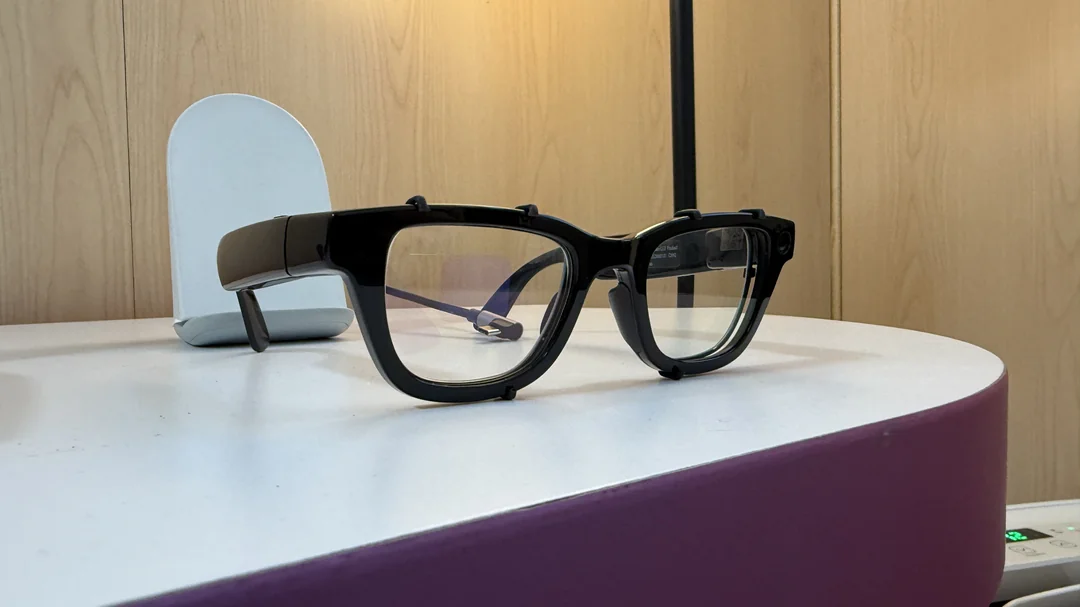




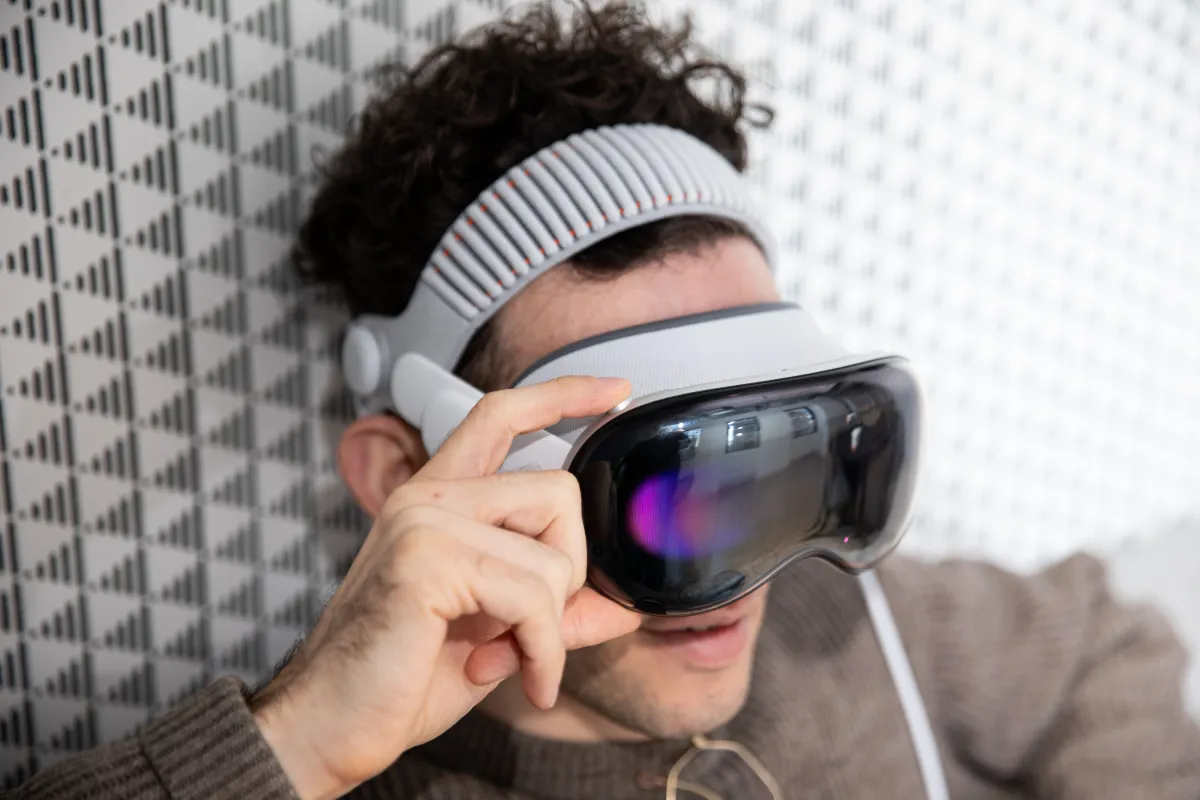
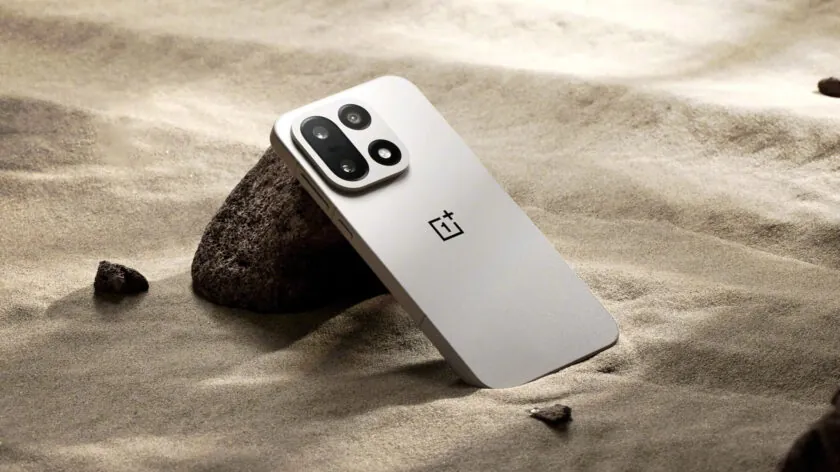
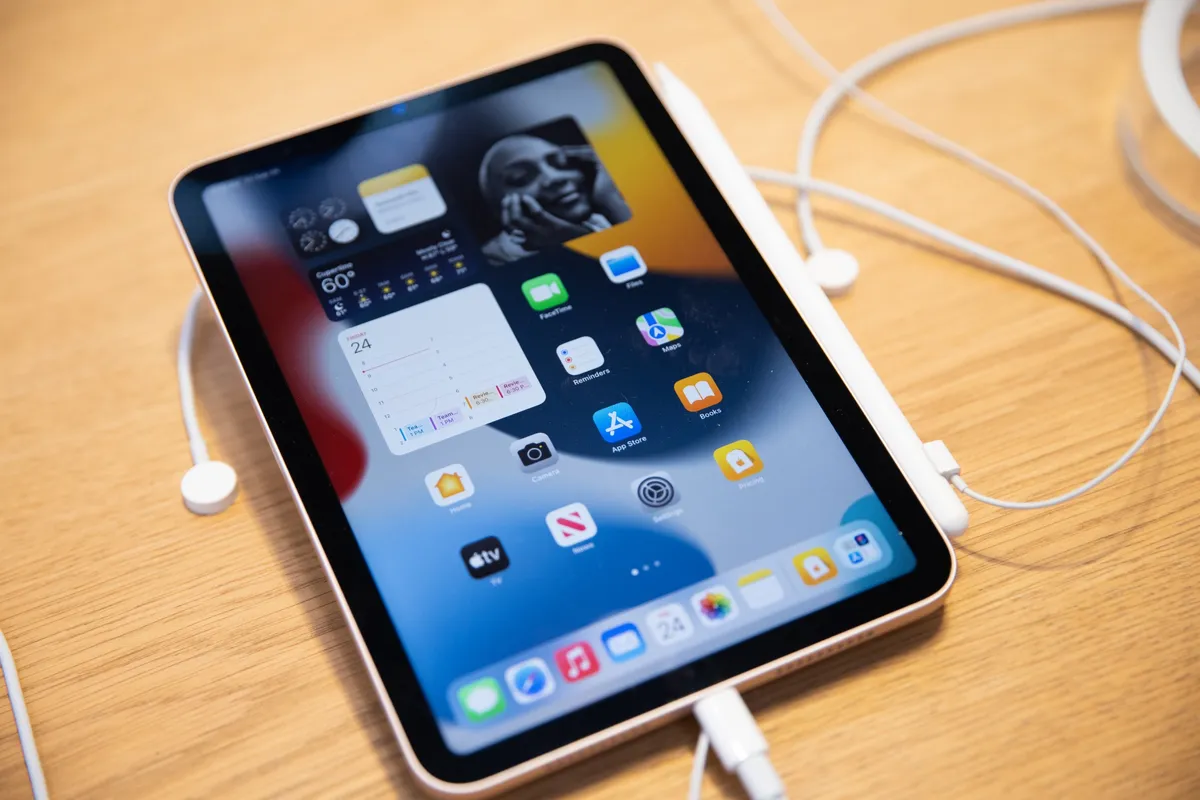
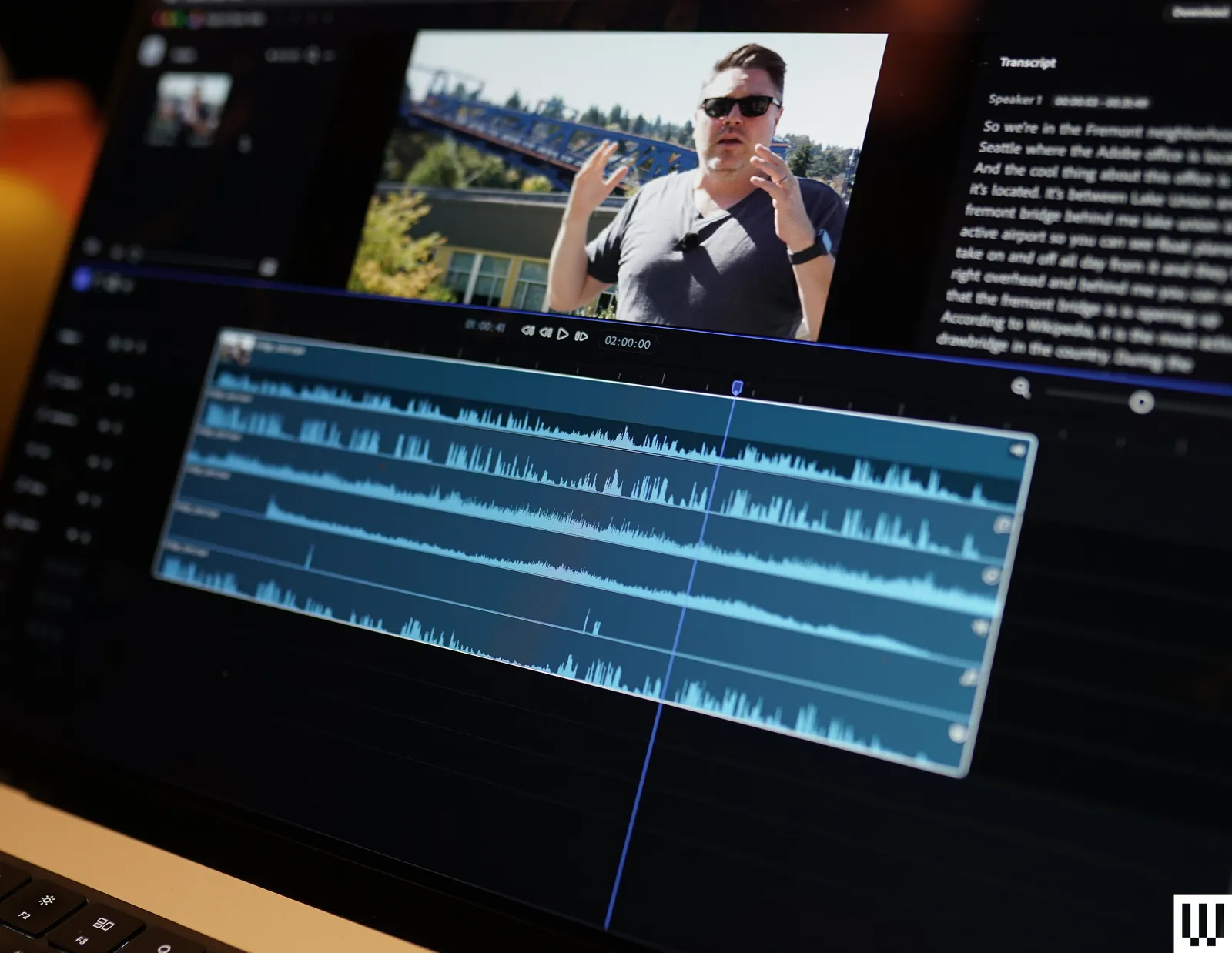
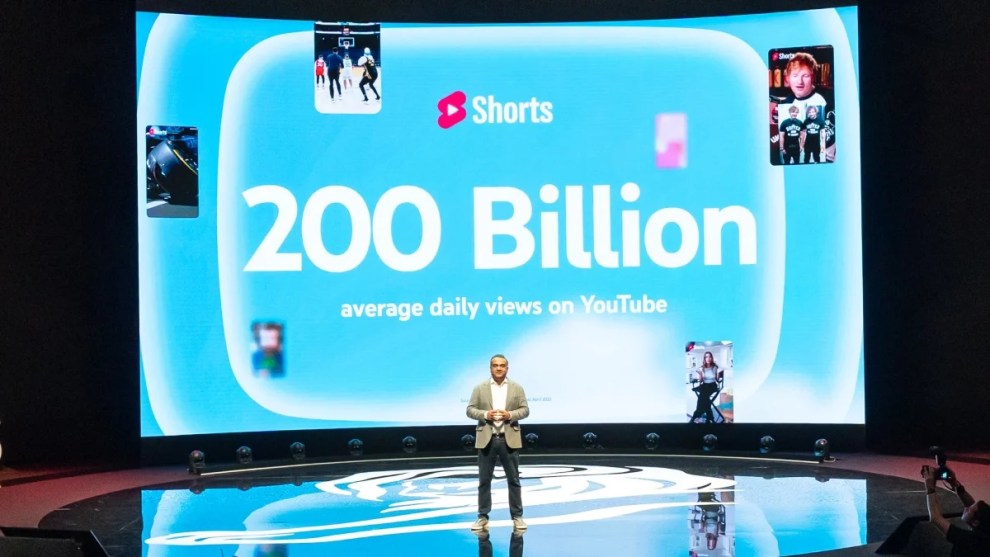
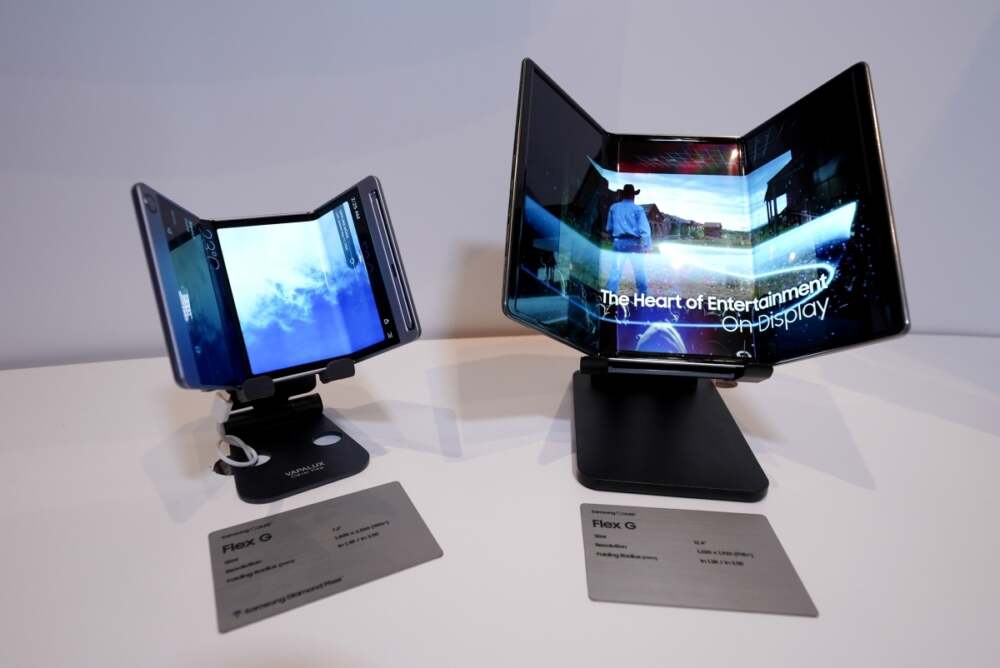


Leave a Reply